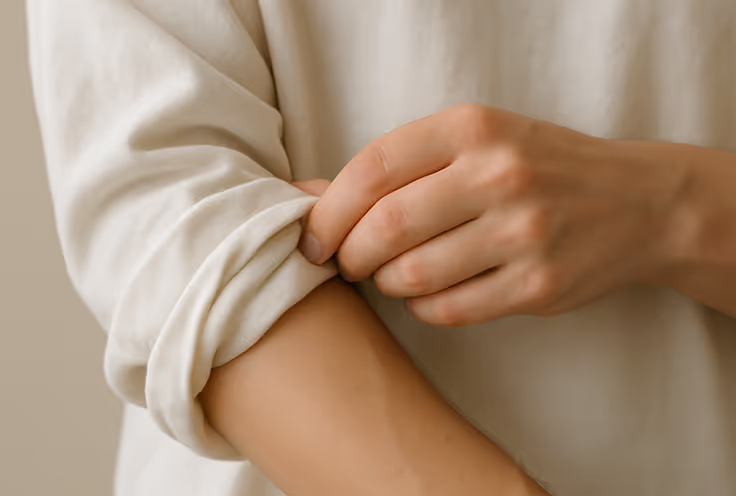Why Platelets Matter
Platelets are tiny blood cells that help your body form clots to both prevent and stop bleeding. They gather at the site of an injury, sticking to the lining of the injured blood vessel and forming a platform for blood clotting to occur.
Crucial for Treatment
Our donations today support high-impact biomedical research groups. In the near future, we aim to expand to address the critical shortage of platelets for transfusion.
Can’t Be Manufactured
There’s no lab-made alternative—platelets must come from real donors.
Short Shelf Life
Unlike red blood cells that can be stored for up to 42 days, platelets last just 5-7 days, so donations are always needed.

The Growing Platelet Crisis
Healthcare faces an unprecedented challenge:
Rising Demand
An aging population means more patients need platelet transfusions.
Too Few Donors
Younger donors are donating less, creating a widening supply gap.
Time & Awareness Issues
Busy lives and lack of knowledge stop many from donating.





